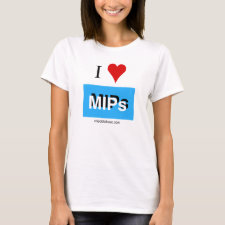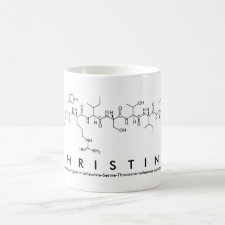
Authors: Abu-Alsoud GF, Hawboldt KA, Bottaro CS
Article Title: Assessment of cross-reactivity in a tailor-made molecularly imprinted polymer for phenolic compounds using four adsorption isotherm models.
Publication date: 2020
Journal: Journal of Chromatography A
Volume: 1629
Article Number: 461463.
DOI: 10.1016/j.chroma.2020.461463
Alternative URL: https://www.sciencedirect.com/science/article/pii/S0021967320307391
Abstract: Cross-reactivity is an important feature of molecularly imprinted polymers (MIPs), and is central to successful use of a pseudo-template in molecular imprinting. The adsorption and cross-reactivity of a molecularly imprinted polymer (MIP) designed for recognition of phenols from water was assessed using four different isotherm models (Langmuir (LI), Freundlich (FI), Langmuir-Freundlich (L-FI), and Brunauer, Emmett, and Teller (BET)). The L-FI model succeeded in explaining the cross-reactivity behavior through the total number of binding sites, the affinity constants and heterogeneity indices of the small phenols (phenol (ph), 2-methylphenol (2-MP), 3-methylphenol (3-MP), 2-chlorophenol (2-CP), 2,4-dimethylphenol (DMP), 2,4-dichlorophenol (DCP), 4-chloro-3-methylphenol (CMP)) with evidence that the phenols compete for binding sites based on their hydrophobicity as well as π-π, π-σ and dipole-dipole intermolecular forces. The recognition of the large phenols (2,4,6-trichlorophenol (TCP), pentachlorophenol (PCP), 4-teroctylphenol (4-OP), 4-nonylphenol (4-NP), which have much higher binding affinities than the smaller phenolic compounds, was explained with the BET isotherm model that predicts that multiple layers adsorb to the adsorbed monolayer. The adsorption behavior with MIPs is also shown to be superior to corresponding non-imprinted polymers and applicability of MIPs for trace analysis is highlighted
Template and target information: phenolic compounds, phenol, ph, 2-methylphenol, 2-MP, 3-methylphenol, 3-MP, 2-chlorophenol, 2-CP, 2,4-dimethylphenol, DMP, 2,4-dichlorophenol, DCP, 4-chloro-3-methylphenol, CMP
Author keywords: Langmuir isotherm, Freundlich isotherm, Langmuir-Freundlich isotherm, Brunauer,Emmett,and Teller (BET) isotherm, phenols, Molecularly imprinted polymer cross-reactivity



Join the Society for Molecular Imprinting

New items RSS feed
Sign-up for e-mail updates:
Choose between receiving an occasional newsletter or more frequent e-mail alerts.
Click here to go to the sign-up page.
Is your name elemental or peptidic? Enter your name and find out by clicking either of the buttons below!
Other products you may like:
 MIPdatabase
MIPdatabase









